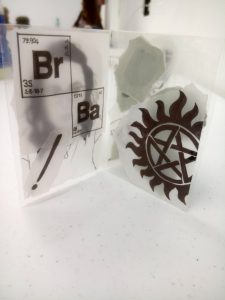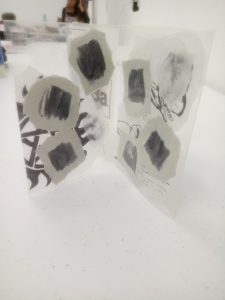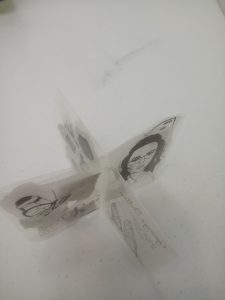Wade Guyton – Das New Yorker Atelier, Abridged. – Serpentine Gallery:
Das New Yorker Atelier, Abridged is a fascinating contemporary exhibition showing the modern world of technology and communication. It deals with the boundaries between the digital realm and our physical reality, as well as the speed and frequency with which we access, register and document information. The exhibition reminded me of Cildo Meireles’ Babel, 2001, at the Tate Modern. Similar ideas on modern technology, the overwhelming amount of communication we receive and how overbearing it can be on the mind.
Guyton’s work is a series of large-scale paintings as well as smaller works on paper that are made using computers, inkjet printers, scanners and iPhone cameras. The exhibition is curated beautifully to make all the pieces seem like one single body of work. That body of work being the production of mass produced media in an almost fabricated way, the canvas’ are pixelated and abstract as if we are reading the digital images wrong or at a slow speed. The smaller works are pixelated images and pages of news articles and magazines that have been run back through the printer with messy ink spills and disorientated drawings.
As you walk around the exhibition space taking in the information around you, you get an overwhelming sense of the technology we encounter in our daily lives and the impact that media has on our thoughts and feelings. The long tables with images of pixels and media outlets and the huge abstract and pixelated canvas’ suddenly bare a weight in your brain about the scarily overwhelming sense of media in our life. It’s almost like entering a room in your brain where it is trying to process this information.
Overall the exhibition is a wonderful experience that shines a light on the sight to mind process of taking in media with the ever-changing world of technology. Not only pointing out the fascinating way we all take in this information and how technology is constantly growing but also showing us the negative, scary aspect of communication overload and the impact on us mentally and physically.

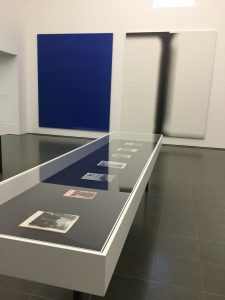
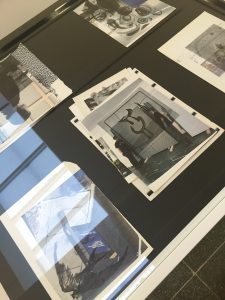
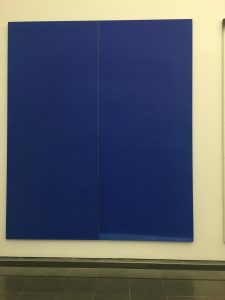
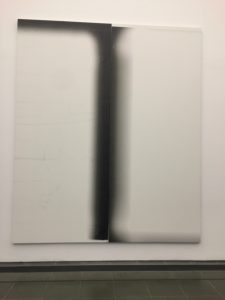
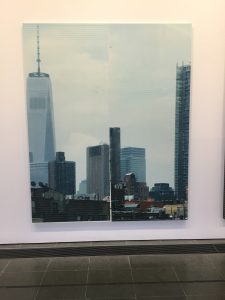

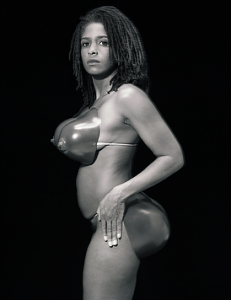

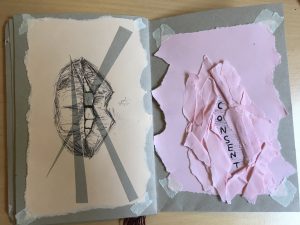
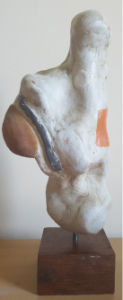
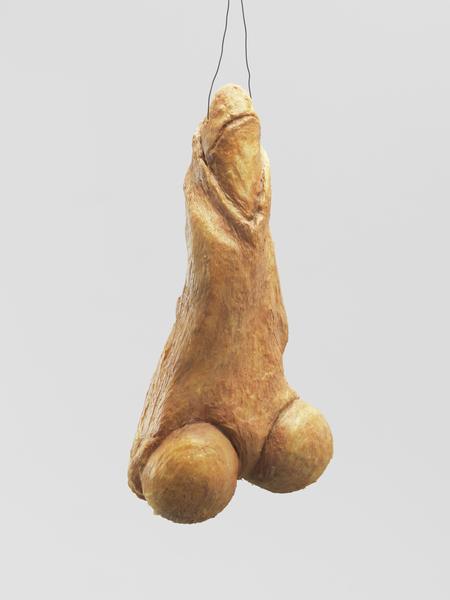



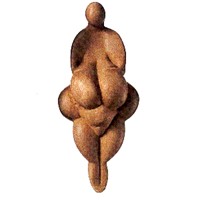
![DSC_3755[1]](http://blog.soton.ac.uk/rcs/files/2017/10/DSC_37551-e1507822563908-225x300.jpg)
